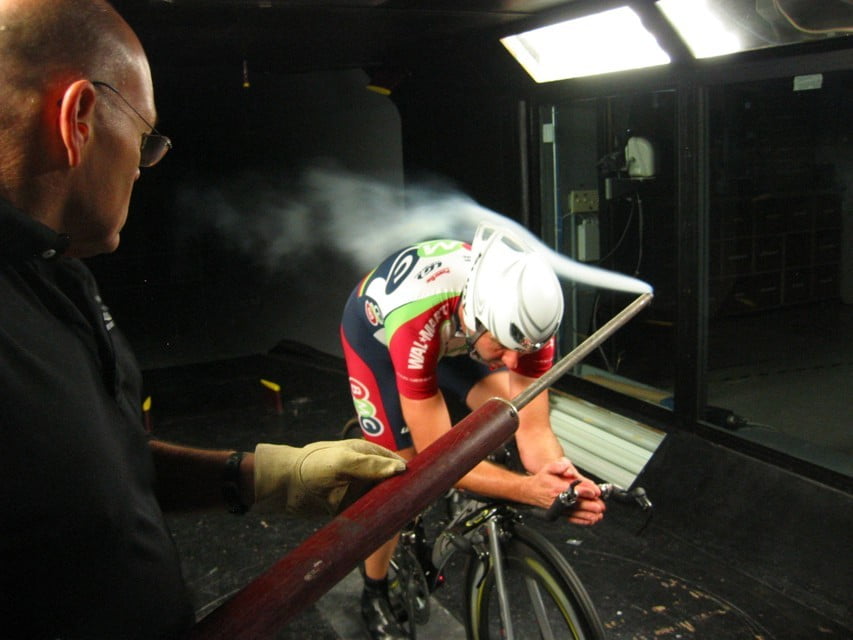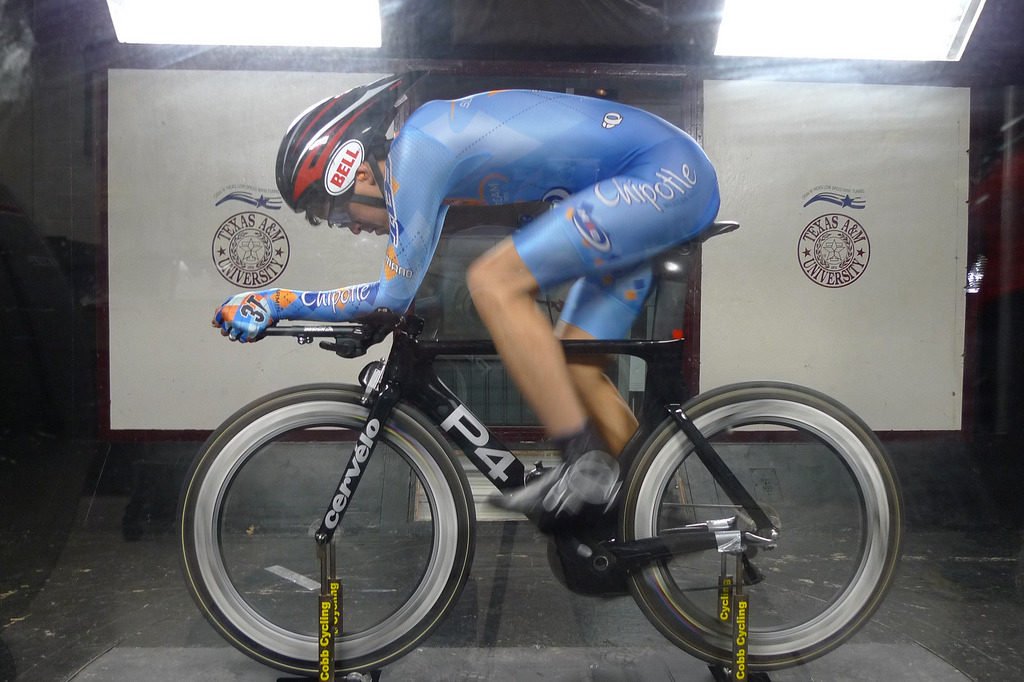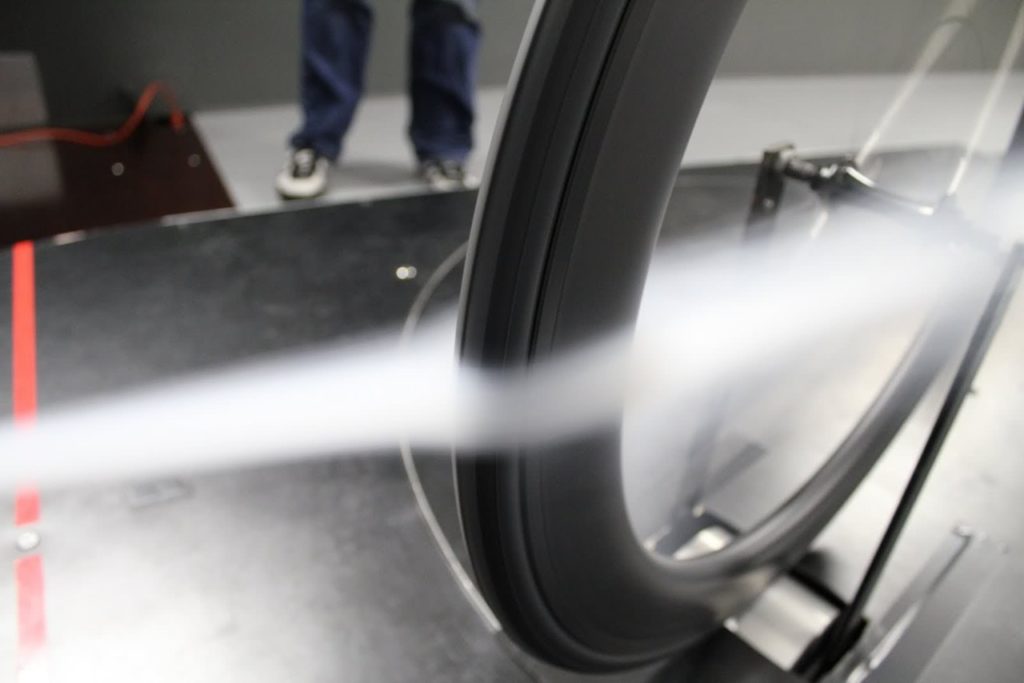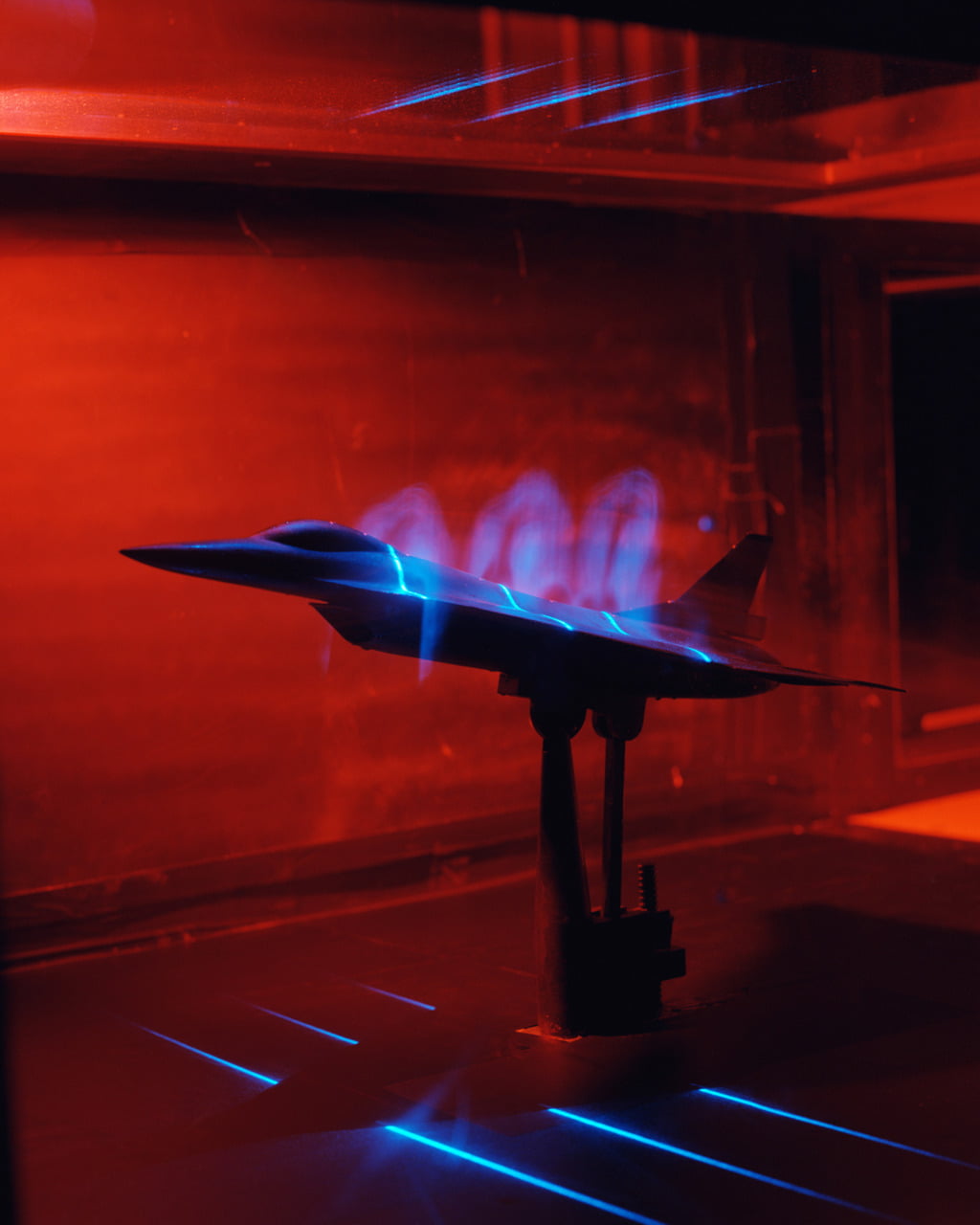[original media no longer available]
Today marks the beginning of the 2012 Olympic Games in London. In the opening ceremony, the Olympic flame will complete its journey from Olympia to London, having been carried by some 8,000 torch bearers. Modern Olympic torches are expected to withstand wind, rain, snow, and human error to keep the flame alive and are specially designed and tested for these conditions. Each individual torch is fueled by a mixture of propane and butane stored as a pressurized liquid. The liquid fuel travels through a series of evaporation coils around the burner before combustion. Each torch carries sufficient fuel to burn about fourteen minutes. In addition to computer simulation, the 2012 Olympic torch design was tested in BMW’s Environmental Wind Tunnel to ensure a visible, stable flame for orientations within 45 degrees of vertical in conditions ranging from -5 degrees to 40 degrees Celsius, rain, snow, 35 mph winds, and 50 mph wind gusts. For more on the current torch and previous designs, see How Stuff Works, E&T, and the BBC.
FYFD is celebrating the Olympics by featuring the role of fluid dynamics in sports starting Monday. If you have any burning questions, feel free to ask or email!







